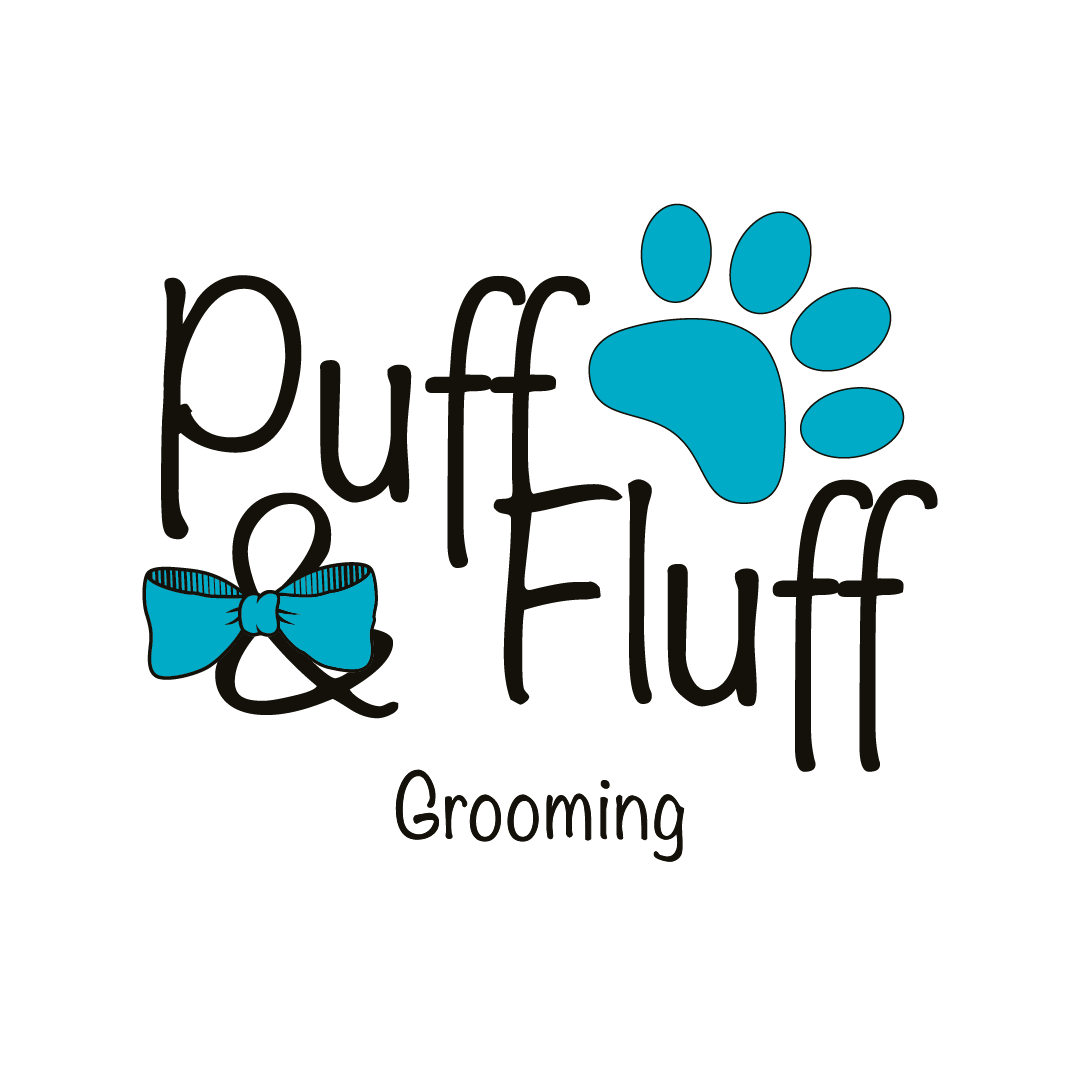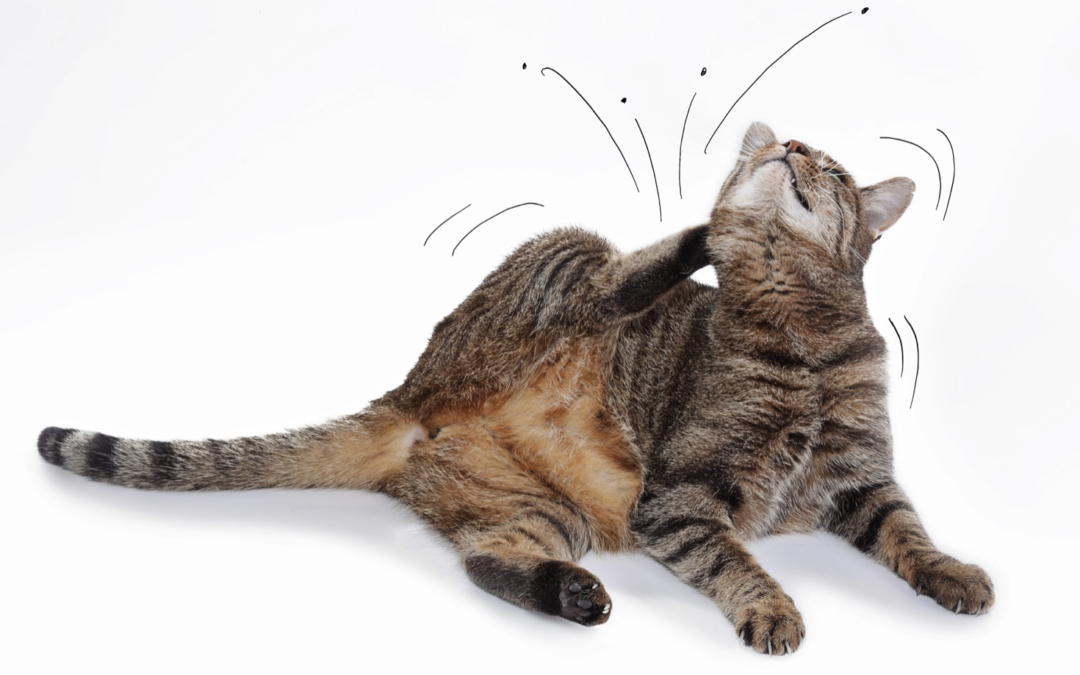Is your cat scratching their skin more than usual? Is your furry friend continuously meowing at you, as if they’re complaining about something?
If you said ‘yes’ to either of the questions above, perhaps, your fur baby has fleas underneath their fur. Note that failure to get rid of cat fleas quickly can lead to an infestation.
What Are The Signs Of Fleas In Your Cat?
Here are some warning signs that your kitty has fleas:
- Incessant scratching at the head and ears
- Constant biting of their skin
- Skin rubbing against objects
- Fur loss
- Skin redness
Also, look for black particulate matter sitting on your cat’s skin. This black object is referred to as ‘flea dirt,’ which is the pest’s feces. If you’re unsure if it’s flea dirt or regular dirt, drop the substance in water. If it turns red, then, it’s flea feces. The particulate turns from a shade of black or dark brown to red because it’s dried blood.
Leaving this matter in your cat’s skin may also contribute to the pet’s itching and discomfort. So, don’t forget about removing flea dirt while eliminating cat fleas.
Tips To Eliminate Fleas From Your Furry Friend
Removing fleas from cats can be a tedious process, especially for the uninitiated. You should know that you don’t have to pick these pesky critters one at a time from ypur feline’s skin.
Continue reading to know six tips to help you get rid of fleas in your cat efficiently.
Remove Mats
Mats aren’t the pads you use to wipe your feet or shoes before you enter a home. Instead, these are hair with irregular twists and turns.
Although cats have quite a reputation for being natural self-groomers, matting can still occur on their fur. The existence of mats often invites health issues to your feline friend, which includes fleas. These unnatural twists and turns in your cat’s fur may also promote:
- Discomfort
- Skin disorders
- Worms
- Mites
Don’t rely on your pet’s ability to clean itself, hoping that the mats will go away naturally. Instead, you should de-mat your cat’s fur frequently.
Here are some quick tips to help you remove mats from your feline’s fur:
- Comb Every Day
Use a comb and brush your pet’s coat every day. Also, ensure that you don’t comb or brush the animal’s hair after bath. Otherwise, it’ll only worsen the mats.
- Prepare The Mat
Prepare to de-mat after the combing and brushing process. Add some cornstarch or talcum powder to the mat area. Remember, don’t use a lot of the powder, or it’ll bring unwanted discomfort to your poor pet. Instead, use your fingers and sprinkle tiny bits around the mat.
- Cut The Mat
After preparing the mat, hold the troublesome fur with a comb or your fingers. Use sharp yet blunt-nosed scissors to cut the unruly fur. Also, ensure that you’re not putting unnecessary pressure on your cat’s skin.
Mats can become breeding grounds for fleas. Hence, removing these twisty pieces of cat fur can help prevent fleas from gathering and propagating on your feline friend. Once the fleas know that they have no home on your pet, they’ll seek other shelters instead.
The Smell Or Taste Of Cedar
Cat fleas may dissipate with the smell or taste of cedar. So, use cat-friendly products with cedar as an ingredient to help eliminate these pesky critters from your home and pet.
But, your kitty might not also be too fond of the smell of cedar. Prepare for some retaliation from your pet if you plan on going this route to get rid of fleas. Some cats might become aggressive as they hiss or attempt to scratch you if you spray them with non-toxic cedar essential oil. Consequently, the animal might move away from the area where you placed cedar chips.
One way to ensure that your cat remains flea-free is to put a few drops of cedar essential oil on their collar. Do this step every day, and the natural substance should keep the annoying bugs at bay.
Spray With Lemons
Another natural solution to ensure kitty’s fur and skin aren’t swarming with fleas is A lemon spray. Lemon has citric acid, which can be a quick and effective solution in eliminating fleas.
Make the mixture by boiling a slice or two of lemon. Turn off the heat after a few minutes, but let the citrus fruit steep in the water for a few hours. Ensure to drain the liquid before putting it inside a spray bottle.
Once you have your lemon solution, spray the mixture around your pet’s fur and skin. Ensure that you gently work around the cat’s body. Also, avoid spraying the solution into your cat’s eyes. Don’t forget to monitor for any signs of redness or irritation as citric acid might still be quite harsh on the animal.
Like spraying cedar essential oil on your cat, your feline friend might also show signs of aggression when sprayed with lemon. If your cat doesn’t like water, you can ditch the spray bottle and use a comb dipped in citrus juice instead.
Use a flea comb to remove the insects from your cat. The citric acid will help get rid of other traces left behind by fleas, including eggs, larvae, and feces.
Let Your Kitty Wear Flea Collars
Are the fleas always coming back to seek shelter on your cat’s skin even after using cedar essential oil? If so, perhaps, it’s time to change Fifi’s collar to a flea-repelling variant.
Flea collars for cats tend to be quite the popular option for eliminating fleas for many feline owners. It’s because these products tend to be safe for cats. But, a different story holds for those annoying insects.
The way flea collars work is that they emit toxic fumes that are generally harmless to animals and the environment. However, fleas hate these poisonous gases as these substances might be deadly to them.
You might find that your feline family member is now flea-free after a day of using a flea collar. But, there’s still a chance that this special pet product can irritate your cat’s neck and skin. If you see patches of fur and skin damage, remove the flea collar and stop using it immediately.
Also, ensure that your pet is comfortable wearing the collar. The animal might choke if the collar is too tight. Conversely, if the collar is too loose, then the noxious fumes might have minimal to no effect on fleas.
Always check the collar before purchasing the product. Otherwise, you might buy a relatively useless pet product.
Prepare A Dish Soap Trap
Dish detergent is a practical solution to keep your plates and other kitchenware squeaky clean. But, the formula used in this particular cleaning product may also help eliminate fleas from your property.
Prepare the trap by filling a bowl or plate with a mixture of dish soap and warm water. Then, place the solution in different areas of the house, preferably in locations with the most flea activity.
This dish detergent and water mixture acts as a glue for fleas. The solution traps the insects because of the liquid’s high viscosity. Still, remember to replace the mixture every day with a fresh batch to ensure its efficacy.
Moreover, only place the trap at nighttime. It’s because fleas tend to be nocturnal creatures. You may also place a candle near the solution to lure the bugs into the trap. Another option is to lay the trap near your pet’s resting spot. That way, the insects may find the trap more alluring than your feline companion.
Bonus tip: use apple cider vinegar on your cat to lure the fleas out of the cat’s fur and skin. Note that this grocery store product might not be as effective at killing fleas as flea collars. Nonetheless, it can cause the fleas to jump or run away from your pet’s body.
Since your pet now smells like apple cider vinegar, the fleas will attempt to look for other places for shelter and sustenance. One of those places might be the dish soap trap you placed nearby.
Give Your Cat A Flea Bath
Even if your cat isn’t too fond of getting wet, a flea bath might be one of the best ways to eliminate those pesky critters living in your pet’s body.
At this point, you might wonder if you need to sedate your feline friend. Remember, some cats become highly aggressive when their owners are about to bathe them. Sedation might be an option to help the animal relax, but always consult your veterinarian before you use this option.
Once kitty is in their bathing spot (which could be the kitchen sink), it’s time to prepare the special cat shampoo. Remember to use cat-friendly shampoos with special formulas meant to get rid of fleas. Aim to use products with organic ingredients to reduce the risks of harming the animal’s skin.
Final Word
Cat fleas can be troublesome, particularly in humid regions. Failure to eliminate these pests can deliver health issues to your poor kitty. Use the solutions mentioned above to help you reduce or remove these pests from your cat and property. Be patient and diligent when using these processes. In time, you should see positive results from using these techniques.

